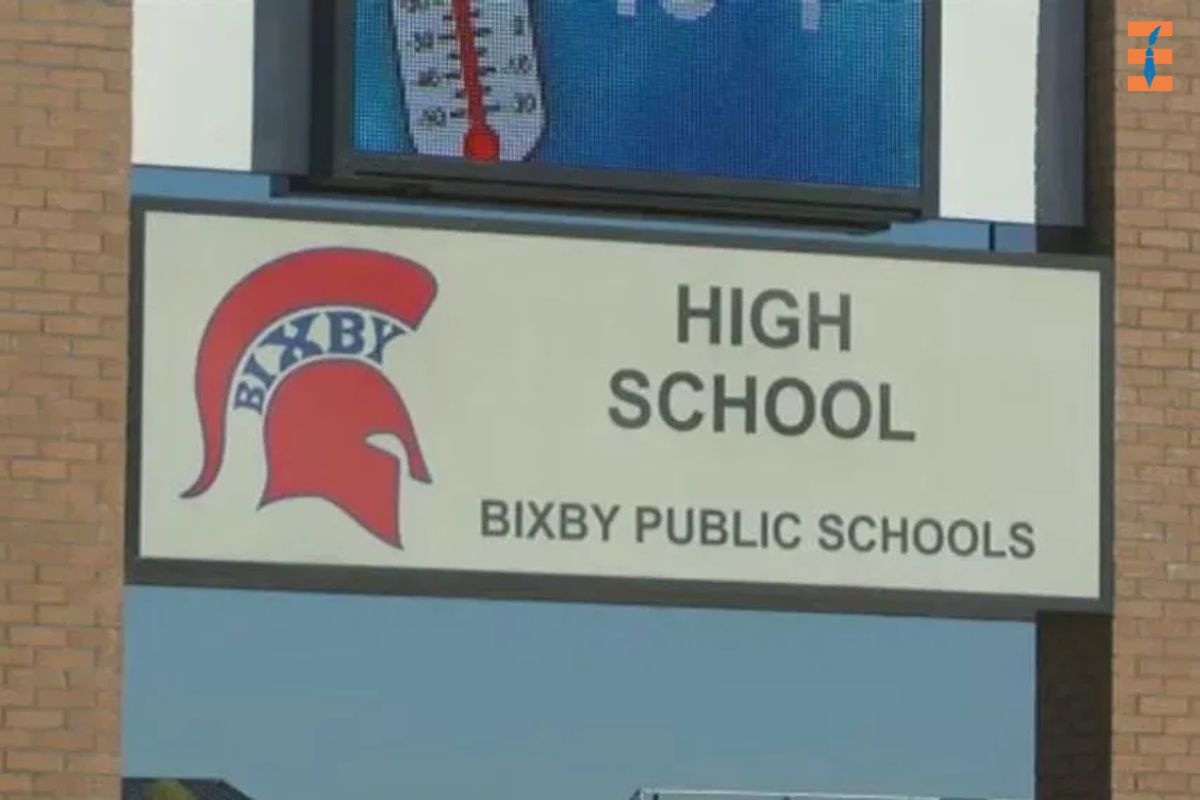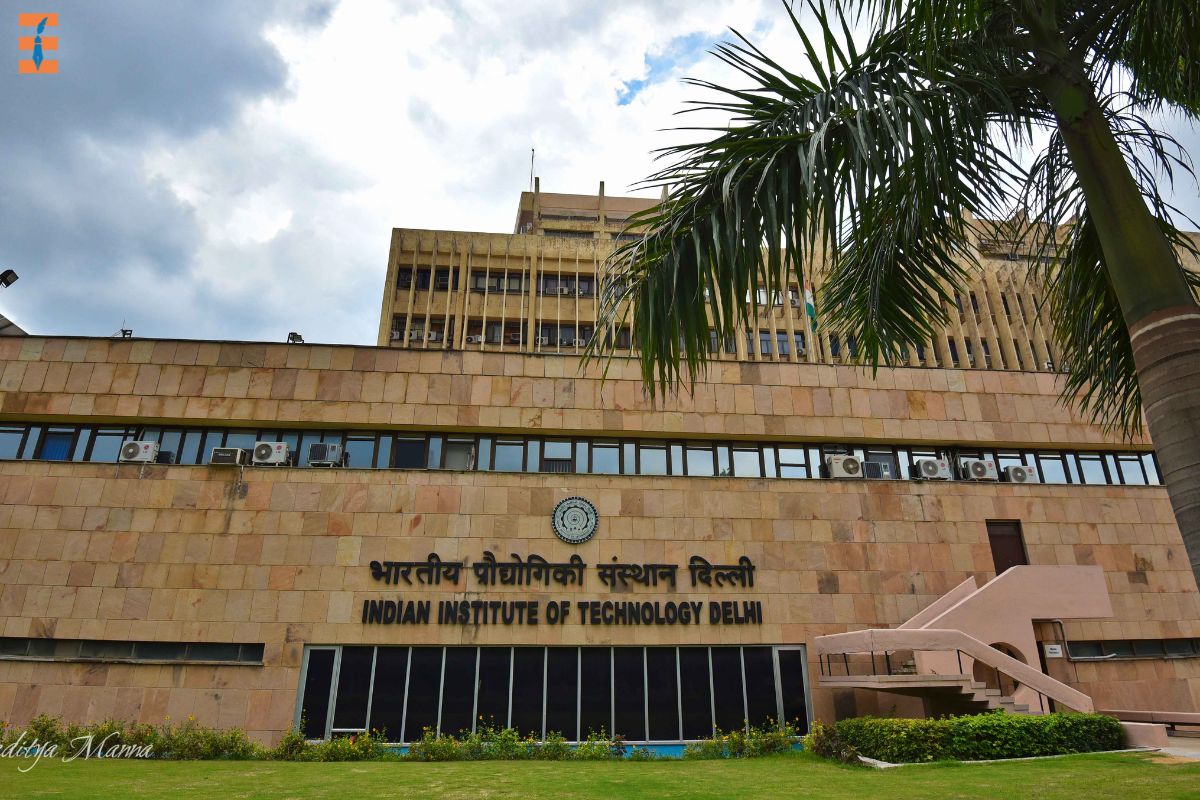In the landscape of contemporary education, they have emerged as a distinctive and often-debated component of the educational system. These institutions, fueled by the principles of innovation, autonomy, and community involvement, play a unique role in shaping the educational experiences of students. In this comprehensive exploration, we delve into the meaning of charter schools, examining their structure, key characteristics, and the impact they have on the broader educational landscape.
Defining Charter Schools:
At its core, a charter school is a publicly funded educational institution that operates independently, typically free from some of the regulations imposed on traditional public schools. The term “charter” refers to the document or contract—known as the charter—that outlines the school’s mission, educational approach, goals, and the measures by which its success will be evaluated. This document essentially serves as the school’s roadmap and, in return for operational autonomy, charter schools are held accountable for achieving the objectives outlined in their charter.
Autonomy and Flexibility:
One of the defining features of charter schools is their autonomy. Unlike traditional public schools, charter schools have the freedom to design and implement their curriculum, teaching methods, and educational philosophies. This autonomy allows for innovation, adaptability, and responsiveness to the unique needs of the student population they serve. They often leverage this freedom to experiment with alternative teaching methodologies, specialized programs, and extended school hours.
Public Funding and Open Enrollment:
While charter schools operate independently, they receive public funding, similar to traditional public schools. This funding is typically based on enrollment numbers, and they are open to all students, irrespective of their geographic location. This open enrollment policy fosters a diverse student body, drawing from various neighborhoods and backgrounds, enriching the educational experience for all enrolled students.
Accountability and Performance:

Accountability is a cornerstone of the charter school model. The charter itself outlines specific performance benchmarks and goals that the school must meet. If a charter school fails to achieve these objectives, it may face consequences, including closure. This accountability structure is seen as a mechanism to ensure that they deliver on their promises and provide quality education to their students.
Variety in Educational Approaches:
Charter schools are known for their diverse educational approaches. Some focus on specific themes or subjects, such as STEM (Science, Technology, Engineering, and Mathematics) education, arts integration, or language immersion. Others may adopt alternative teaching philosophies, emphasizing project-based learning, experiential education, or personalized learning plans tailored to individual student needs. This variety in approaches reflects the flexibility and adaptability inherent in the charter school model.
Local Control and Community Involvement:

Charter schools often operate with a high degree of local control. Many are run by nonprofit organizations, community groups, or boards of directors, allowing for a more direct connection to the needs and desires of the local community. This localized decision-making can result in more responsive and community-driven educational programs.
Critiques and Challenges:
While they offer a range of benefits, they are not without controversy. Critics argue that the autonomy granted to charter schools can lead to inconsistencies in educational quality, with some schools excelling while others struggle. There are concerns about the potential for cherry-picking students or excluding those with special needs, as well as the impact of them on traditional public schools in terms of resources and funding.
Impact on Traditional Public Schools:
The rise of charter schools has led to ongoing debates about their impact on traditional public schools. Some argue that the competition introduced by charter schools can drive improvements in traditional public education by encouraging innovation and responsiveness to student needs. Others contend that charter schools siphon resources away from traditional public schools, potentially exacerbating educational inequities.
Conclusion: A Dynamic Landscape of Educational Innovation:

In conclusion, they represent a dynamic and evolving force in the educational landscape. Their emphasis on autonomy, innovation, and community involvement has reshaped the educational experiences of many students. As the education sector continues to evolve, the role of charter schools is likely to be a focal point of discussion, with ongoing debates surrounding their impact, accountability, and the balance between autonomy and regulation. Whether viewed as a catalyst for positive change or a source of contention, it undeniably contributes to the rich tapestry of educational options available to students, parents, and communities seeking diverse and innovative approaches to learning.
Also Read: Northeast Florida Elementary Schools Excel in U.S. News & World Report Rankings










